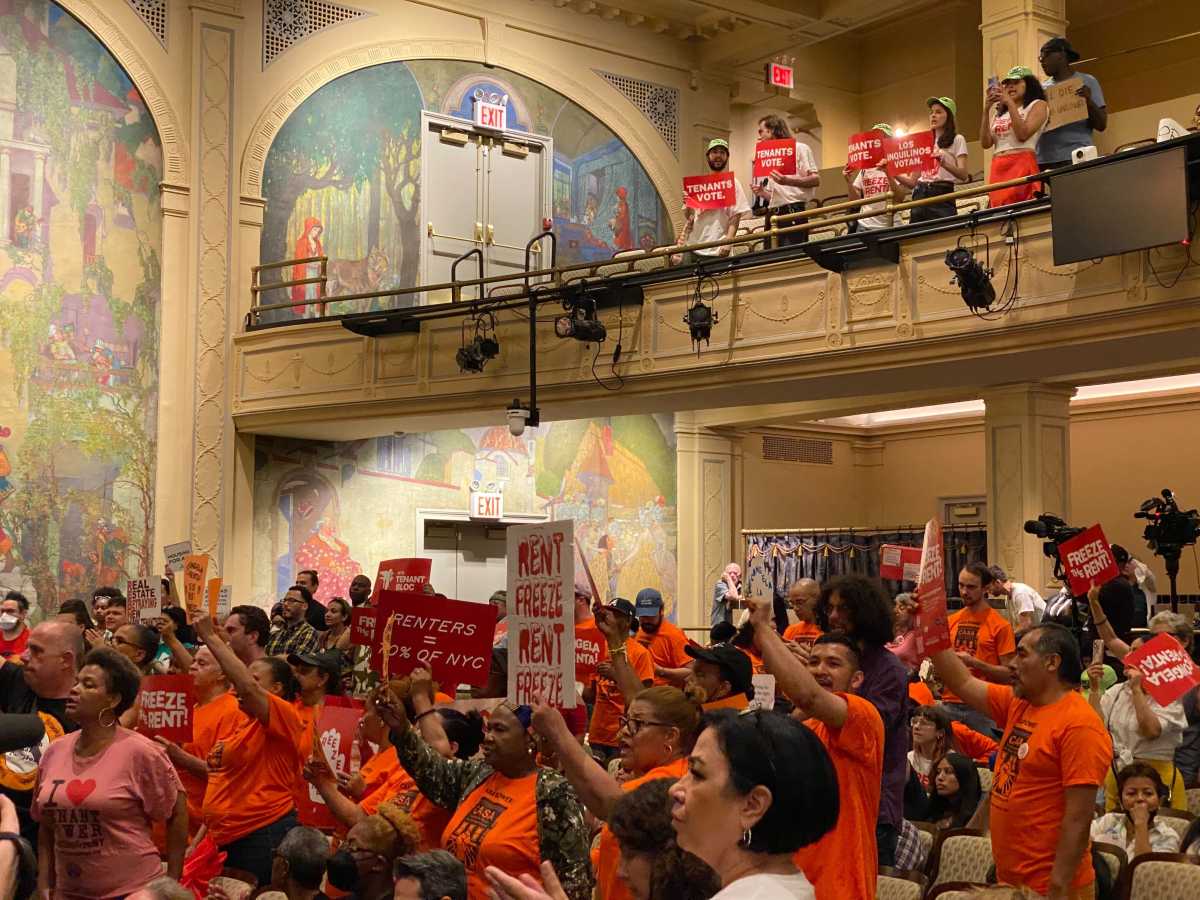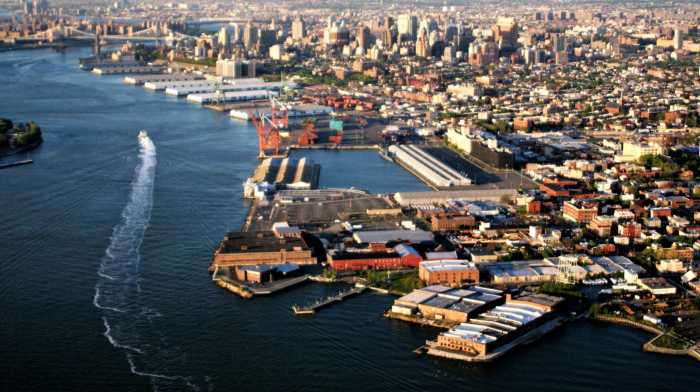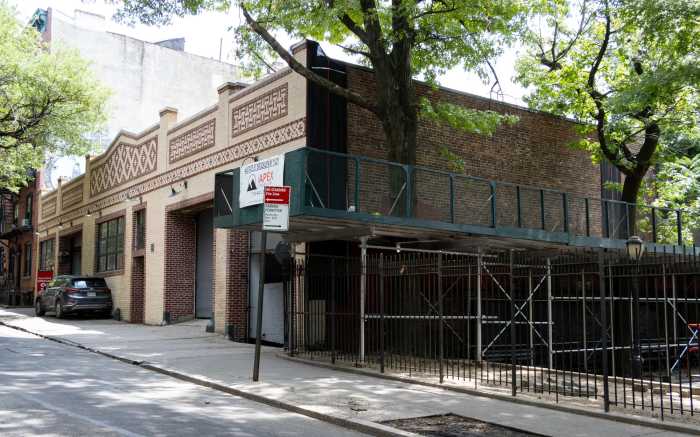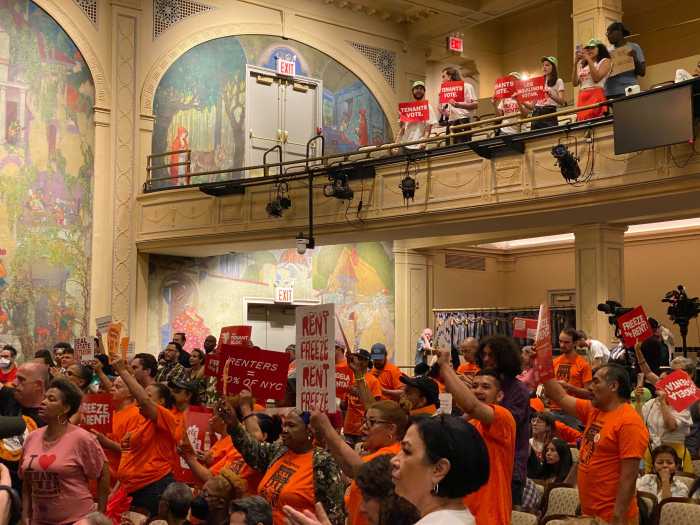Bruce Ratner has not been given a deadline to complete the bulk of the Atlantic Yards project — including the 11 buildings that contain the vast majority of the promised 2,250 units of affordable housing and seven acres of open space, newly released documents show, prompting critics of the controversial project to blast it as a “bait and switch.”
“Forest City Ratner has already gotten $40 million from the city, yet we may not see the first affordable housing apartment for 13 years,” said a seemingly frustrated Councilman David Yassky (D–Brooklyn Heights).
Ratner says he will begin construction of the publicly financed Nets arena by the end of this year. It won’t have to be completed until 2015, according to the documents.
And Ratner now has until 2021 to complete the first phase of the project, which once called for the arena and five skyscrapers, including the iconic Miss Brooklyn (though it now calls for a lot less — see main story).
There is no deadline or timeframe given for the rest of the project — the 11 skyscrapers and open space that would run from Sixth Avenue to Vanderbilt Avenue in Prospect Heights.
The new timeline for the project is a significant departure from the plan for Atlantic Yards approved in 2006 by the Empire State Development Corporation, which said the first five towers and arena would built by 2010 and final 11 buildings would be complete by 2016.
The financing agreement — dated Sept. 12, 2007, and uploaded without announcement to the Empire State Development Corporation’s Web site on the same day as Ratner publicly announced the Atlantic Yards scaleback — delineated the conditions the developer must meet in order to get and keep $200 million in city and state funding intended for land purchases and infrastructure improvements.
Critics have since pounced on the agreement. Daniel Goldstein, spokesman for Develop Don’t Destroy Brooklyn, called it, “a bait and switch of an incredible degree.”
For his part, Yassky skewered the behind-closed-doors nature of the agreement — which he and other elected officials had been hoping to see before it was signed — and the document’s failure to lock into law the elements of a Community Benefits Agreement between Ratner and a handful of community groups that promised job-training and affordable housing units in exchange for support from the groups.
“This funding agreement was the last opportunity to make the promises in the CBA legally binding,” said Yassky.
The deal does offer one ray of hope for opponents to the plan — if all litigation and condemnation proceedings are not complete by December 2009, the agreement would be voided.
“Technically, that’s how it reads,” confirmed Warner Johnston, a spokesman for the ESDC.























